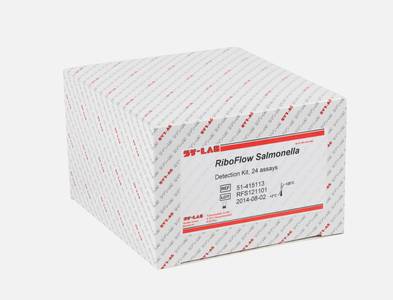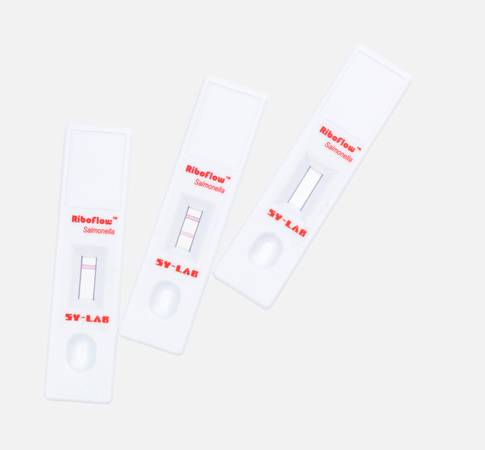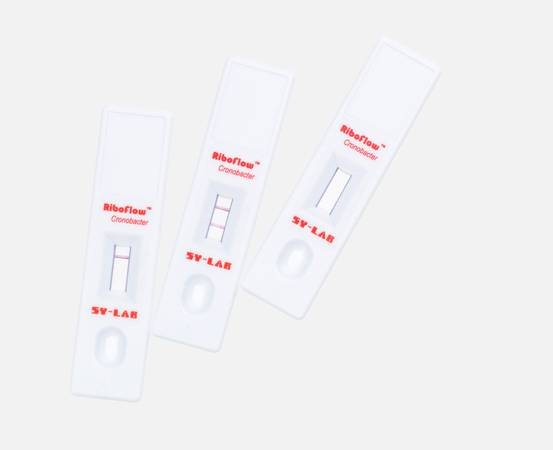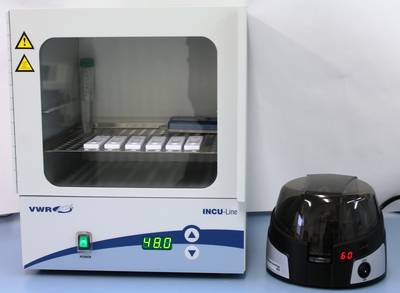Molecular Flow Based Detection System
SY-LAB´s RiboFlow® technology signals relevant bacterial food contamination on-site—early, quickly, and reliably reducing the need for sophisticated sampling and amplification techniques.
Rapid results are critical when testing for harmful pathogens in foods. RiboFlow® technology represents a new, usensitive and user-friendly class of diagnostics: Molecular Flow-Based Detection. The unique horizontal flow technology allows for the specificity of PCR tests, but with the ease of use associated with lateral flow assays. The result is an effective and rapid system that minimizes sample preparation, speeds time to results, and provides easy to interpret data for the end user.
The RiboFlow® technology is an advance over current diagnostic capabilities, providing molecular results in an easy to use format and without cumbersome sample preparation steps. NO gels, NO expensive machines, NO inconclusive and difficult to interpret results. Fast, easier, and more affordable than conventional molecular tests—SY-LAB´s RiboFlow® Technology is the next generation in powerful diagnostic tools to help manufacturers and government regulators keep the global food supply safe.
RiboFlow Video
Advantages of RiboFlow
Technology
RiboFlow® Principle
A combination of the rapid and easy to use lateral flow technology with the very sensitive and specific nucleic acid hybridisation technique has resulted in this unique rapid assay format.
Using specific ribosomal RNA (rRNA) sequences that are abundant in multiplying cells as a target, a reliable detection many pathogens is possible within 24 hours including enrichment.
Ribosomal RNA in crude lysates of enrichment cultures is detected within 15 min by hybridisation with a capture probe on the membrane integrated inside a lateral flow test housing and a detection probe conjugated to colloidal gold.
After cell lysis and equilibration in hybridisation buffer the lysed cell supernatant is applied to the sample pad of the lateral flow device. The specific target sequence in case of a positive sample as well as the inbuilt reaction control will than hybridise to the specific capture probe and be visualised on the reaction zone without additional user interference.
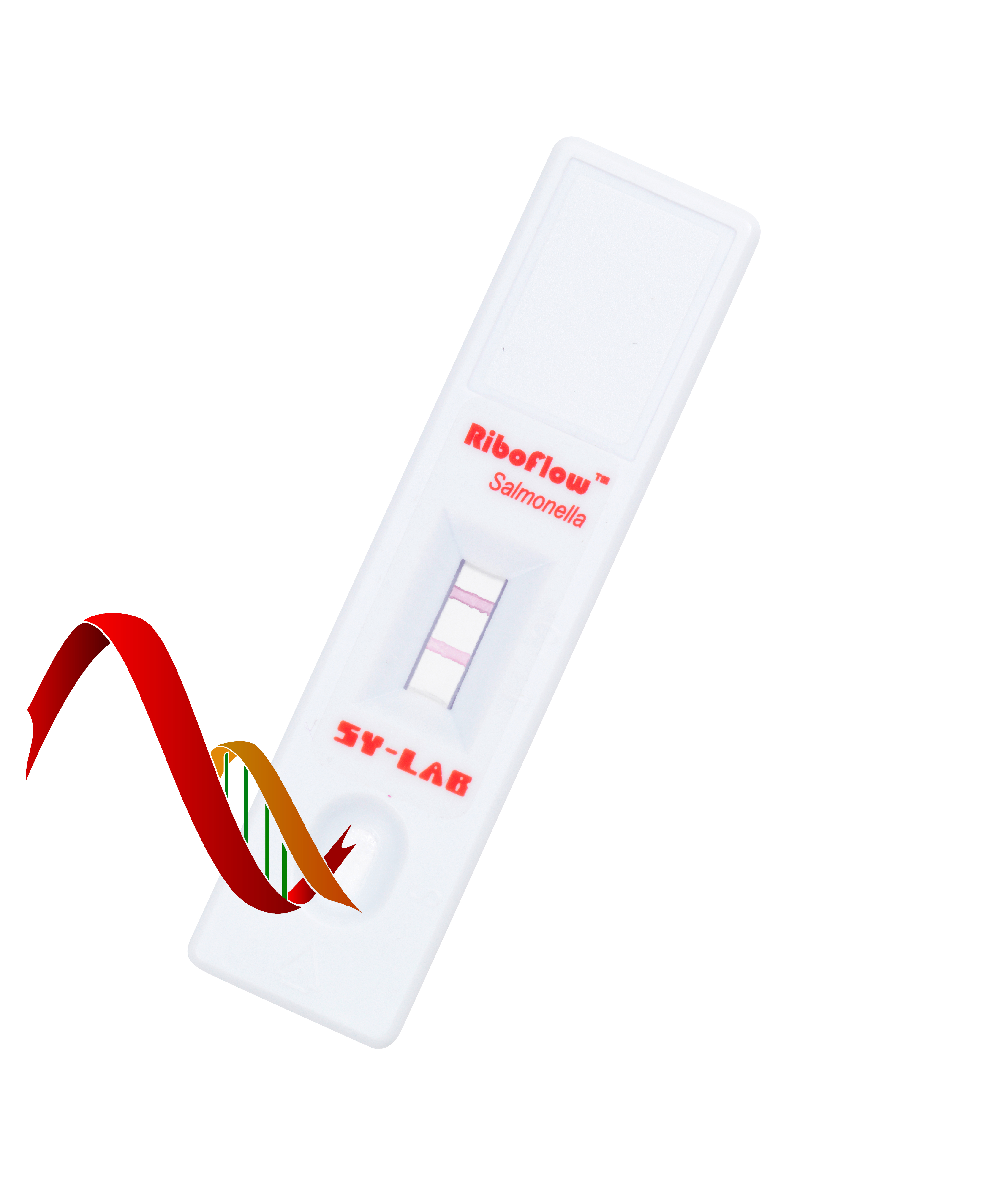
Features
RiboFlow® Basics
The areas of RiboFlow
Available tests & FAQs
Hygene indicators
- Enterobacteriaceae
- Enterococci
- Pseudomonas aeruginosa
- E.coli
Pathogenes
- Salmonella
- Cronobacter
- Coagulase positive Staphylococci
- Vibrio parahaemolyticus
- Listeria
- Campylobacter
Special areas
- Candida albicans
- ISO 17516 spec. microbes
- Alicyclobacillus acidoterrestris





